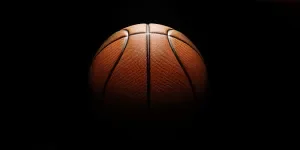Demand for high-quality basketballs is on the rise as the 2025/26 season approaches. The top models worth stocking have a strong emphasis on material innovation, quality, and performance level. Consumer expectations are very high, which means businesses need to choose products that meet these expectations and more!
Keep reading to discover what the best basketballs to stock in 2025/26 are, and explore their most important features.
Table of Contents
Global market value of basketball balls
Search trends for the best basketballs in 2025/26
Indoor vs. outdoor basketballs
Factors to consider when choosing a basketball
Material
Weight and size
Outdoor vs. indoor
Air retention
Best basketballs in 2025/26 by the top brands
Wilson NBA Official Game Basketball
Spalding Street Performance All-Surface Outdoor Basketball
Wilson Evolution Game Basketball
Final thoughts
Global market value of basketball balls
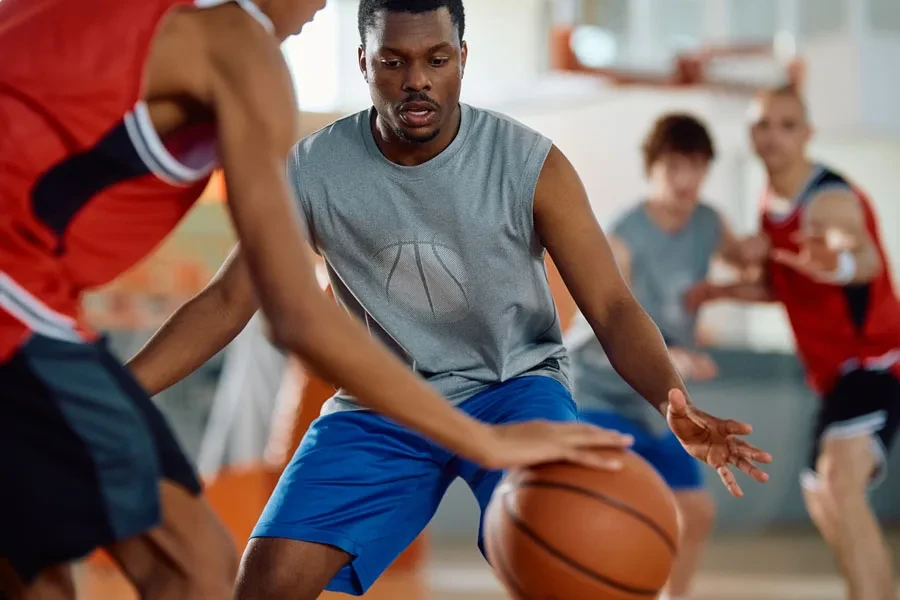
In 2024, the global market value of basketball balls exceeded USD 9.3 billion. This number is expected to increase by a compound annual growth rate (CAGR) of 7.1% between 2025 and 2031, bringing the total market value up to approximately USD 15.1 billion by the end of this period.
Basketball balls are in high demand on account of growing engagement and interest in basketball at various levels, as well as new advancements in technology and the growth of e-commerce. Key companies include Spalding, Wilson, and Molten, but other brands are making waves in the industry as well.
Search trends for the best basketballs in 2025/26
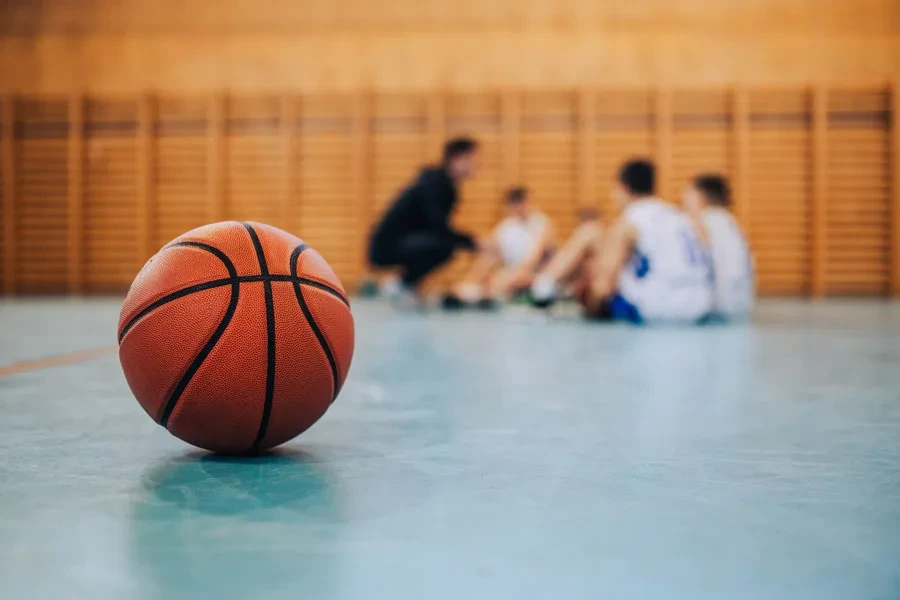
Google search trends for the best basketballs 25/26 show that there are seasonal hikes when major events such as the NBA Playoffs or March Madness occur. Consumers heavily rely on social media, such as content on Instagram and TikTok, and other online platforms to discover new basketball trends and unique product picks, especially Gen Z and Millennials, who are heavily influenced by influencers and celebrities.
According to Google Ads, “best basketballs” had an average monthly search volume of 14,800 in 2024. Searches remained fairly consistent throughout the year, with a slight increase in January and December when they reached 18,100 searches per month.
Shoppers prioritize purchasing products that have a detailed description and good visual representation. Businesses should align their marketing strategies and product offerings with the latest Google search trends in order to increase sales in key moments of the year.
Indoor vs. outdoor basketballs
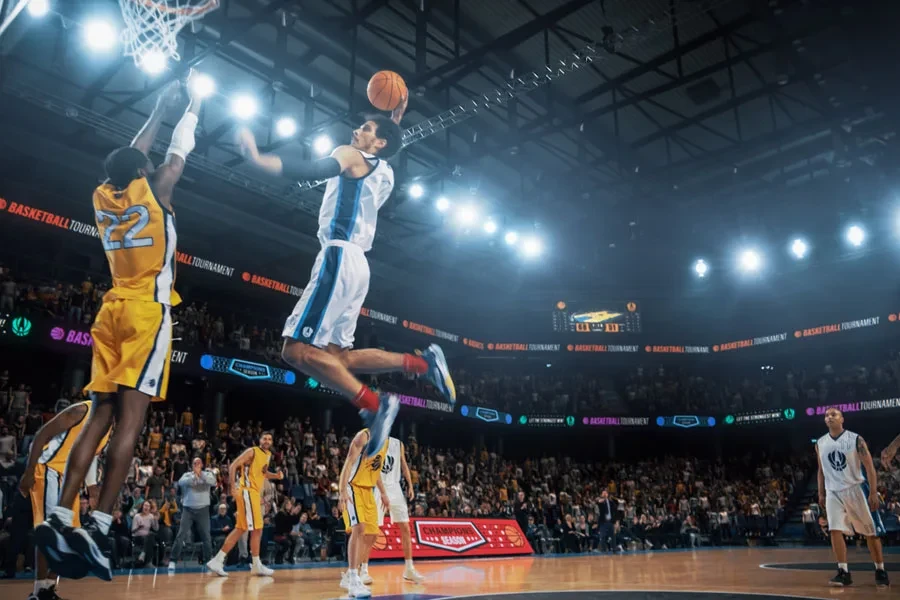
Indoor basketballs are made with either high-quality composite materials or real leather. Both provide exceptional grip, control, and softness, so they’re ideal for hardwood courts. As they’re not built for abrasive surfaces, even the best basketballs for indoors can deteriorate rapidly when used on outdoor courts.
Some of the most popular models among competitive players include the Spalding Precision and the Wilson Evolution, thanks to their superior performance and overall feel.
Outdoor basketballs are usually made from rugged composites or durable rubber to ensure they can handle the roughness of the asphalt and concrete. These basketballs feel firmer to the touch and will offer less cushion than indoor basketballs. However, this means that they’re better able to maintain their grip and shape for longer periods of time, making them perfect for recreational settings or street basketball matches.
Popular examples of outdoor basketballs include the NCAA Street Shot and the Spalding Street Phantom, as they’re both able to withstand high-use settings. Businesses should keep both styles of basketballs in stock to meet the needs of different buyers.
Factors to consider when choosing a basketball
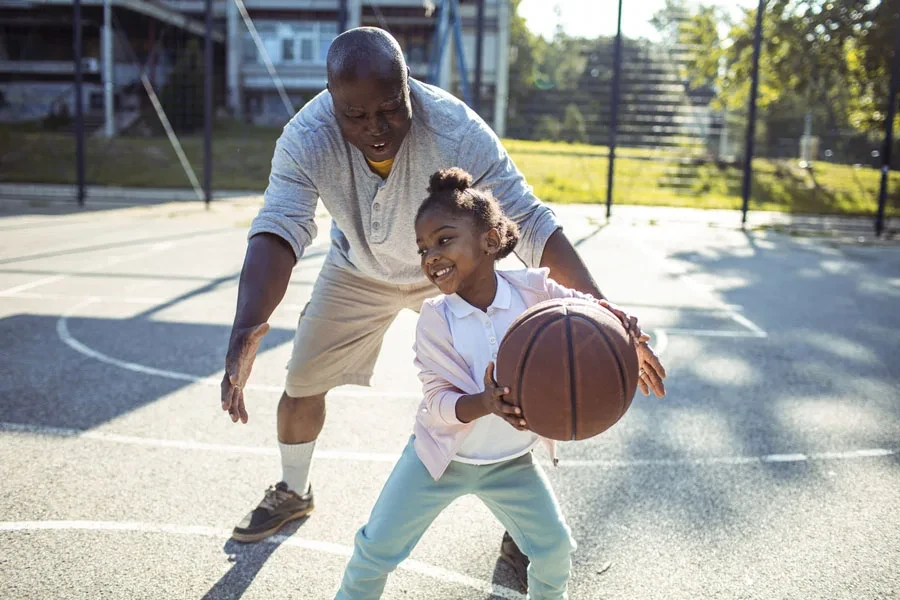
There are several important factors that buyers will consider before purchasing a basketball.
Material
All of the best basketballs in 2025/26 have something in common – the quality of the material. Genuine leather offers the best feel and performance, but it’s only good for indoor use and requires some time to break in.
Rubber is very affordable and durable, and it can be used regularly for casual play as well as outdoor use since it’s more durable. Composite leather is the most versatile choice as it’s softer than leather and can be used on both indoor and outdoor courts.
Weight and size
Making sure the basketball size is right for the target age group is essential and has a big impact on training and ball handling. The standard size is also the men’s size, however, younger children and women have varying sizes.
- Kids, size 5 (27.5”)
- Youth/official women’s, size 6 (28.5”)
- Official men’s, size 7 (29.5”)
Outdoor vs. indoor
As mentioned above, outdoor and indoor basketballs differ slightly when it comes to materials. Outdoor basketballs are designed for use on concrete or asphalt, so a durable rubber or composite material is preferred. Indoor basketballs need a superior grip and feel, so leather or a leather composite is used.
Both styles of basketballs have a type of pebbled texture embedded into them for enhanced ball grip and control. More competitive players prefer deeper channels as well as they help with moisture management and create a consistent texture.
Air retention
The best basketballs in 2025/26 provide high-quality bladder construction to ensure a consistent bounce and to create better air retention. The bladders are typically made from materials such as latex or butyl, which are known for their durability. Poor air control can lead to frequent re-inflation as well as inconsistent performance.
Best basketballs in 2025/26 by the top brands

There are a lot of basketballs available on the market that cater to different playing environments and preferences, but these three are the ones that stand out in 2025/26.
Wilson NBA Official Game Basketball
The Wilson NBA Official Game Basketball offers pro-level grip and feel that only improves the more it’s used. The ball is made using 100% genuine leather, and it’s designed for professional indoor use. The NBA Pro Seam Technology and a butyl rubber bladder are key features that are designed to ensure rebound performance and solid air retention.
Since it’s constructed using authentic leather, it requires some time to break in. However, it can’t be beat in terms of durability and feel, which is why it’s the official ball of the NBA.
Spalding Street Performance All-Surface Outdoor Basketball
The Spalding Street Performance All-Surface Outdoor Basketball features a high-quality rubber that’s built to withstand harsh outdoor environments, especially on rough courts. The deep channel design enhances control and grip, eliminating the worry of moisture or dust impacting the handling of the ball.
With a reliable shape retention and a solid construction, this is one of the best basketballs for outdoor use as it delivers a consistent bounce and feel for long periods of time. It’s the go-to ball for street basketball players as well as recreational ones.
Wilson Evolution Game Basketball
The Wilson Evolution Game Basketball is another top choice for competitive indoor play, though it’s not used by professionals as the official NBA ball is preferred. This ball is typically used in collegiate or high school settings as it’s known for its game-ready performance right when it comes out of the box. It offers the perfect balance of control and comfort on hardwood courts, which isn’t something that can be said for all types of basketballs.
This basketball from Wilson features a microfiber composite leather for a tacky and soft feel, as well as laid-in composite channels for better handling and control. The durable butyl bladder paired with the cushion core carcass helps to deliver a consistent bounce and softer feel too.
Final thoughts
The best basketballs for 2025/26 offer a mixture of durability and comfort, whether they’re being used by professionals on indoor courts or recreational players in the streets. These balls range from the official NBA ball to a durable Spalding street performance ball and a versatile Wilson basketball.
Understanding the impact that different materials have, as well as the sizing and other data, is crucial for buyers to make informed buying decisions, regardless of whether it’s for indoor balls or rubber basketballs.
